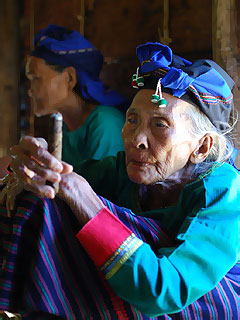
Writing and researching a blog post about Filipino children’s native games has led me to jog my own memory about so much folklore that Lola Julita, my mother’s mother, had taught us as kids.
A lot of it was stories about legends and myths of the Northern regions, about Angngalo, Lam-ang and Ines Kannoyan, about the alsados from upstream, about plain folk doing extraordinary things, sometimes funny, sometimes noble.
Regretfully, I have forgotten most, having listened to them while half-asleep since my Lola was my frequent baby-sitter and bedtime storyteller when I was a toddler.
Some of the Abra lore she shared were not really stories but riddles, sayings, native doggerel, and nonsensical verses—probably mnemonics that helped our ancestors memorize stuff while having fun at work.
Continue reading “Ilocano children’s rhymes before we all forget”


